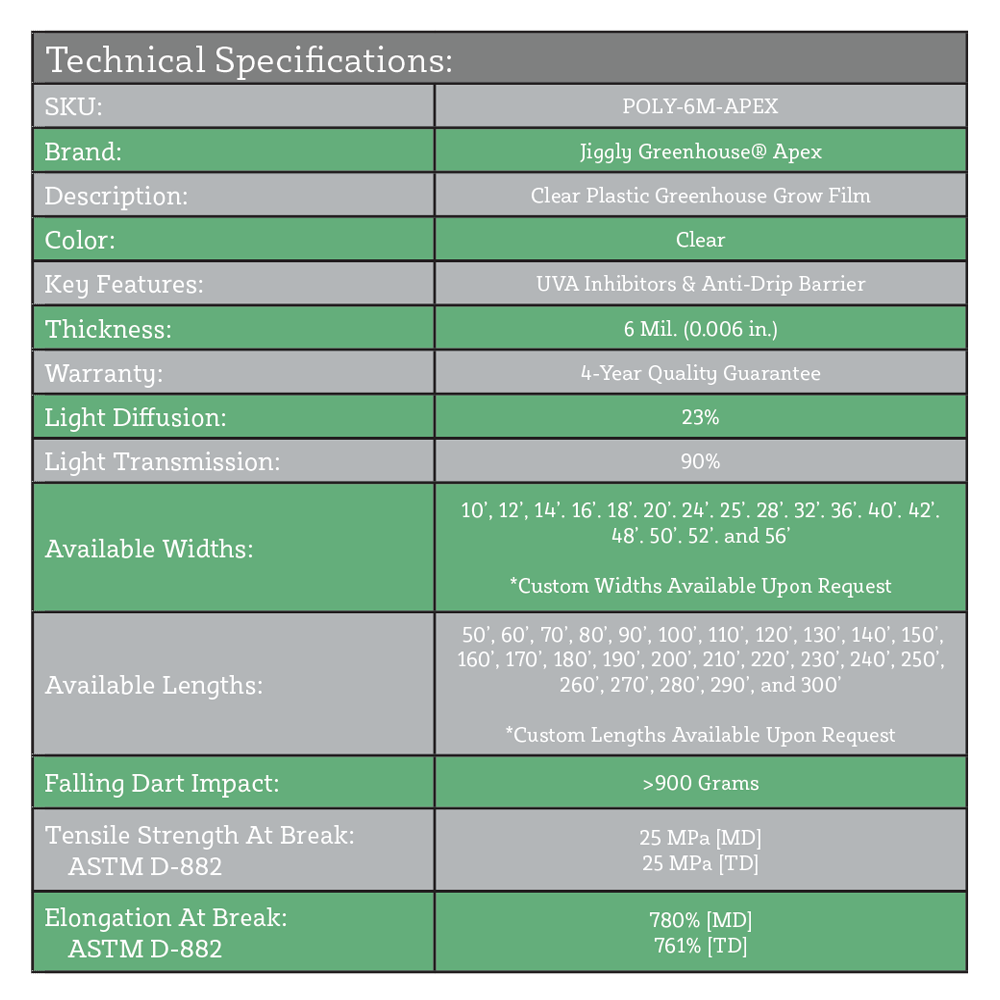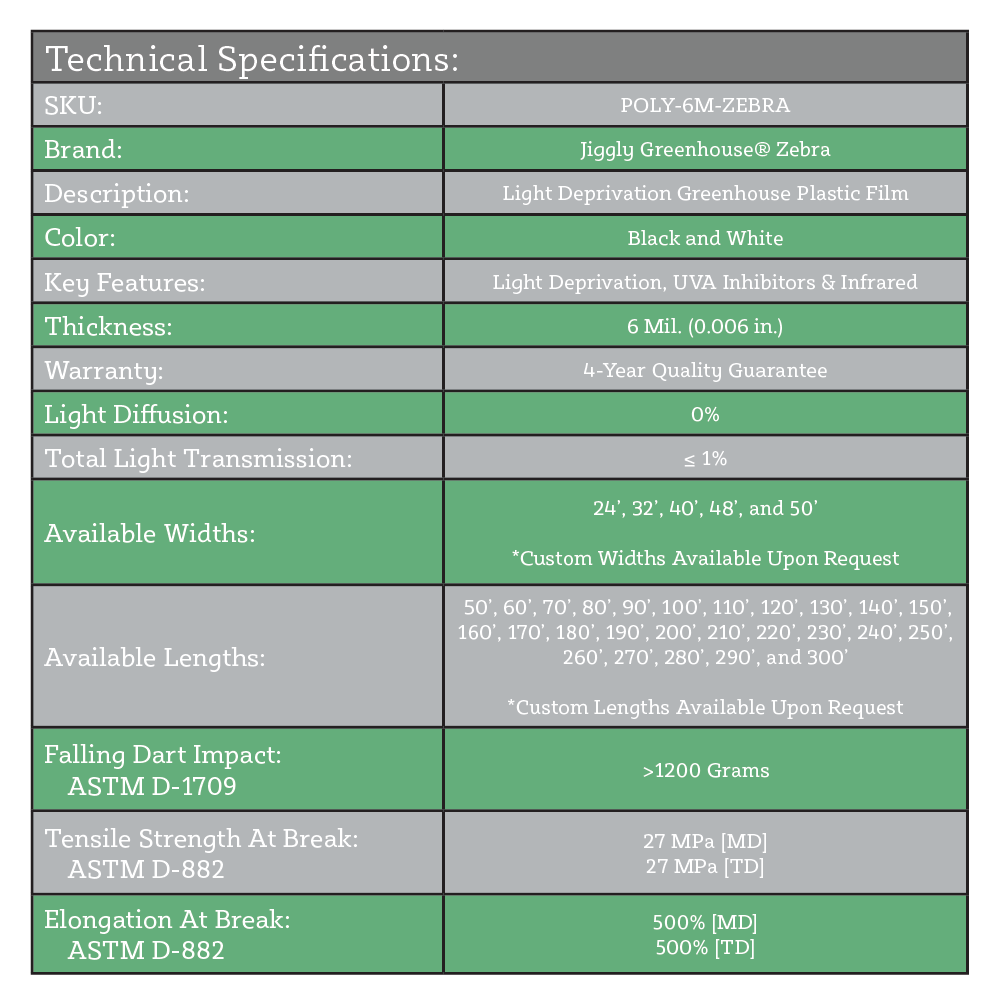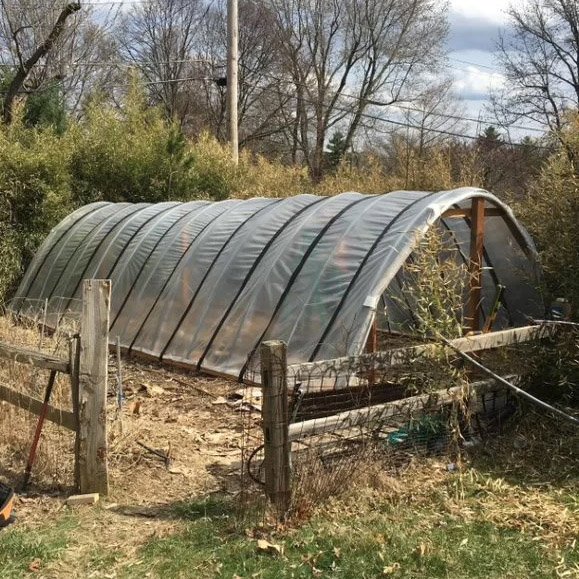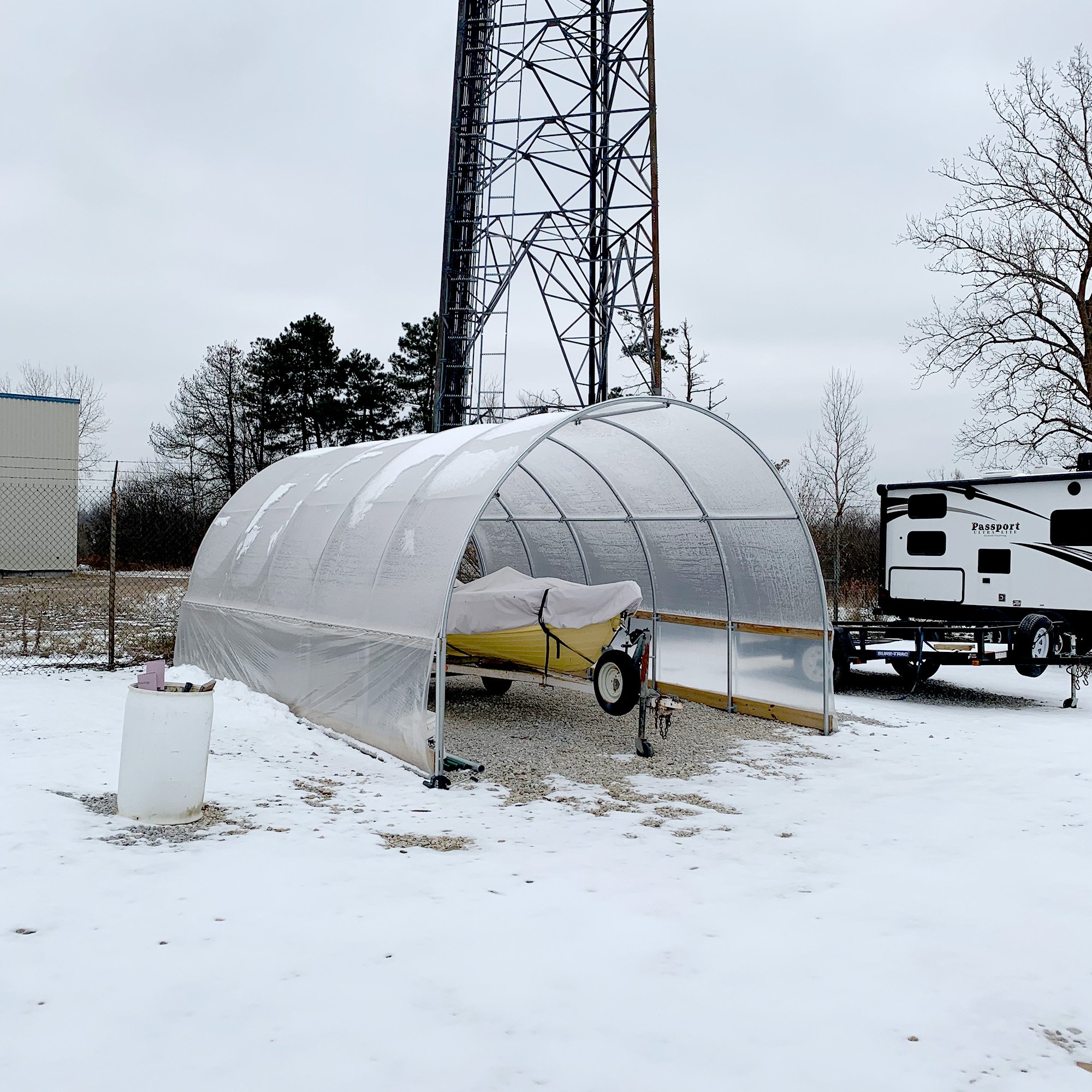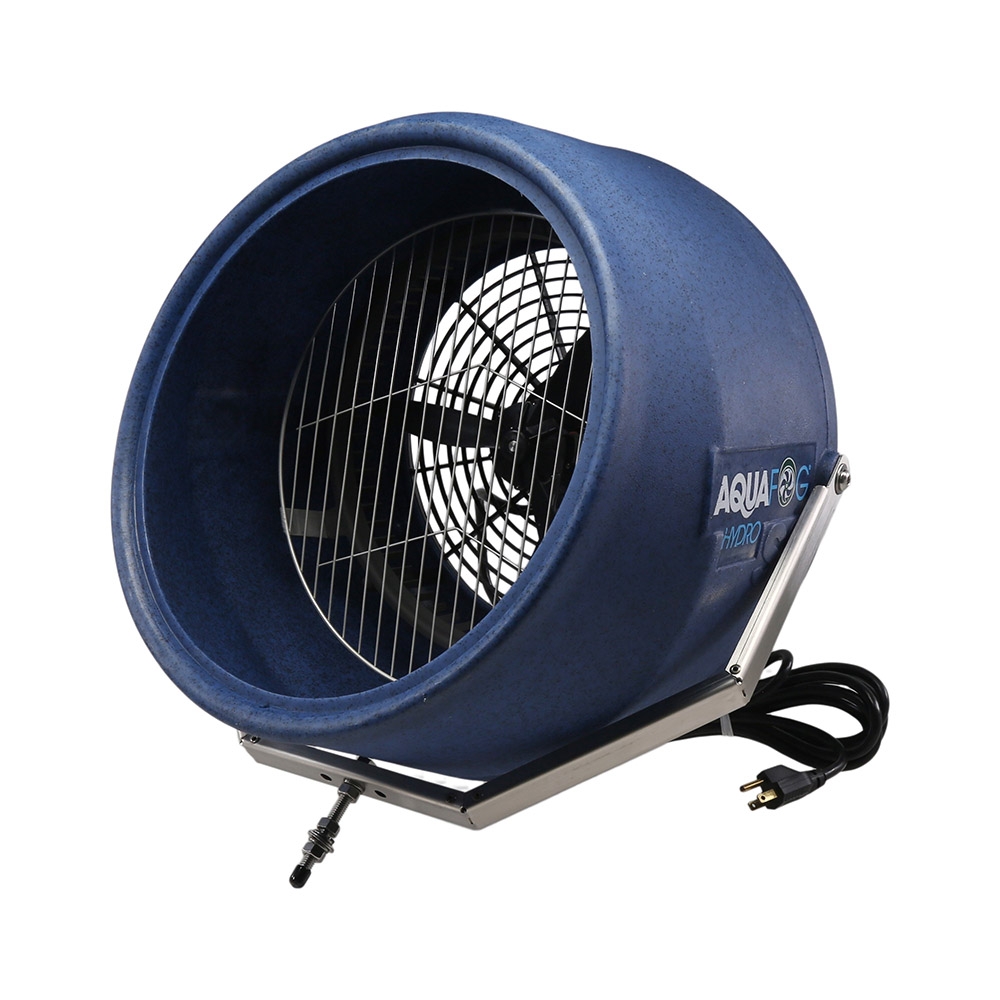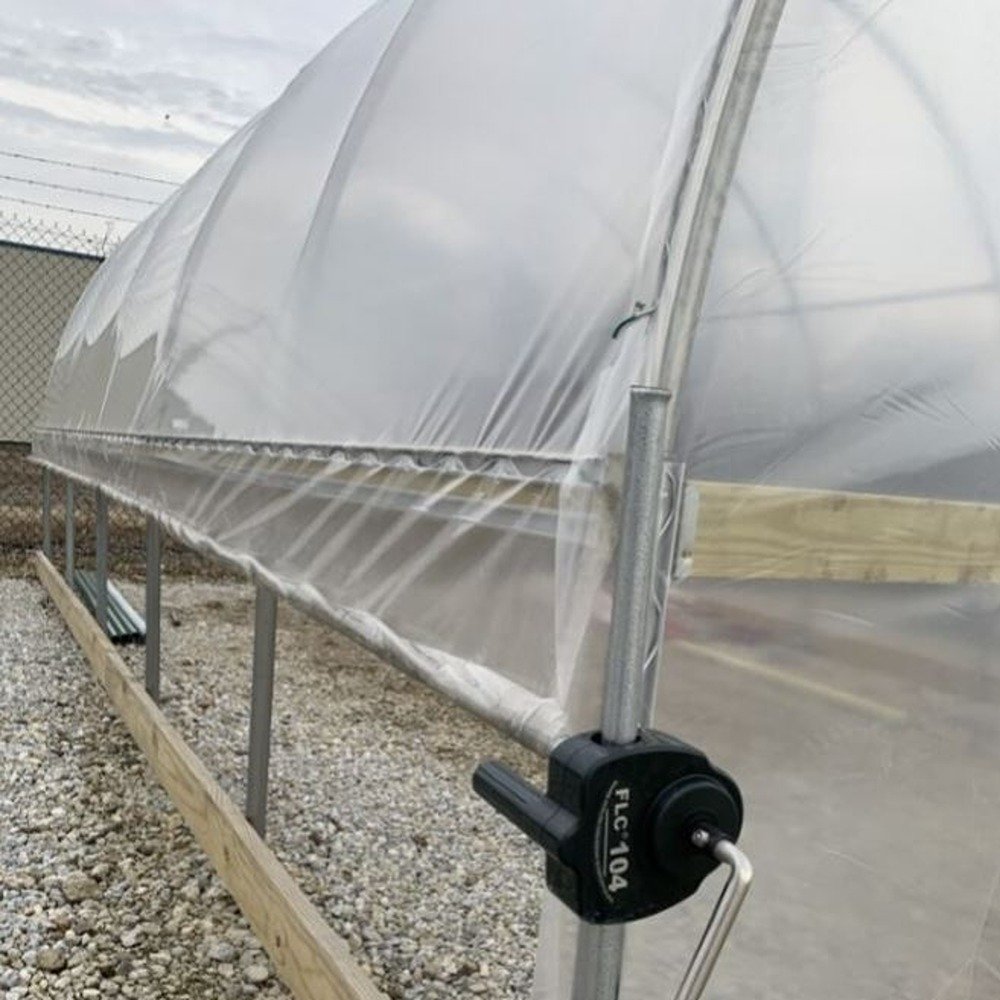Understanding Greenhouse Plastic Light Transmission Percentages
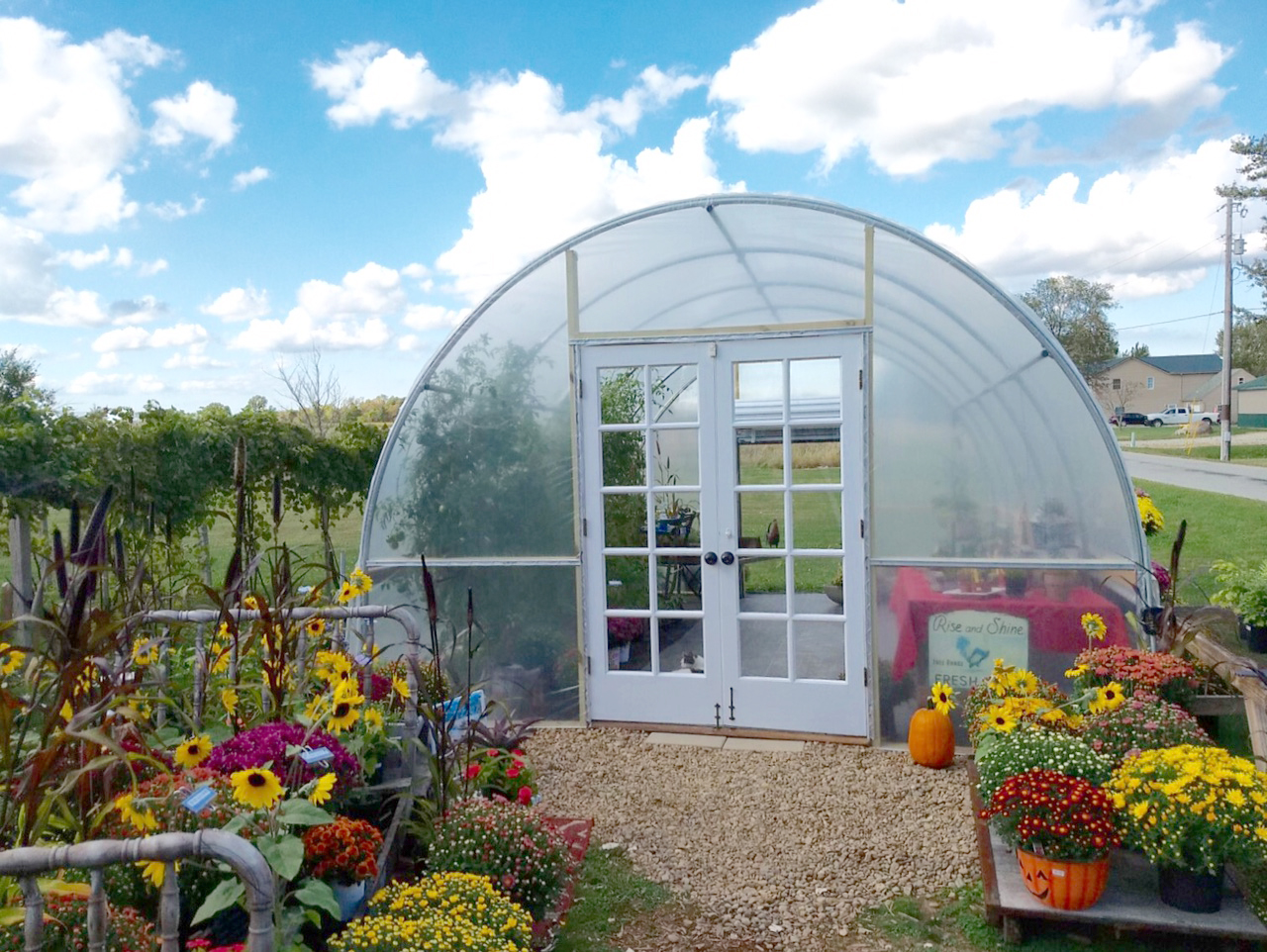
Greenhouse light transmission is critical to any greenhouse or hoop house. It is what provides the fuel for photosynthesis to happen with the plants or crops. Having too little light transmission in a greenhouse will lead to crop failure, and having too much light will lead to too much heat, which will also cause crop failure. Fortunately, there are ways to manage both of those scenarios. Different plants have different growing seasons, and managing the light emission to them is vital for a successful growing season in a greenhouse.
Clear Plastic Grow Film
Plastic grow film is the most common type of greenhouse covering. It is DIY-friendly and affordable. Our polyethylene film features UVA inhibitors and anti-drip barriers, which enhance the growth of any crop. The light transmission that it allows is 90%. Having such a high-light transmission will give the plants the maximum amount of light possible. The light diffusion is 23%. Doubling the material will lead to about a 10-15% loss in light transmission. Giving the plants the maximum amount of light will provide them with the best-growing capability during their growing season. Some plants have a shorter growing season, so having the ability to reduce greenhouse light transmission is key to their success.
Light Deprivation Plastic Film
With some plants having a shorter growing season than others as well as simulating seasonal changes, it is a good idea to install light deprivation film to reduce the light transmission to those plants. Our film has 1% light transmission. This can be installed on top of the clear greenhouse film. The white side can be facing the outside, which will help reflect the UV light away from the greenhouse, while the black layer facing the inside can keep the heat inside. This plastic film can be reversed to bring more warmth to the greenhouse in colder seasons.
Contact Us

